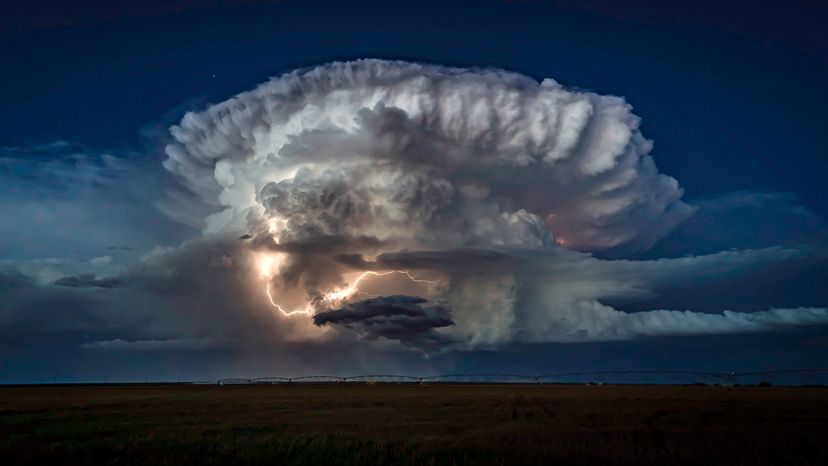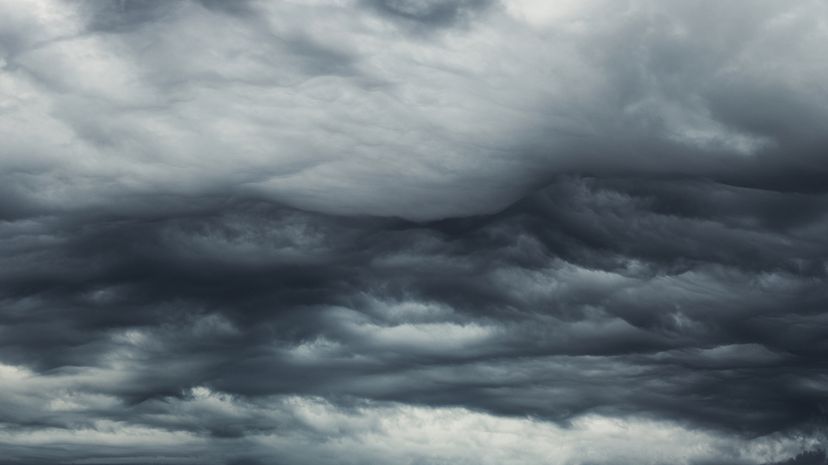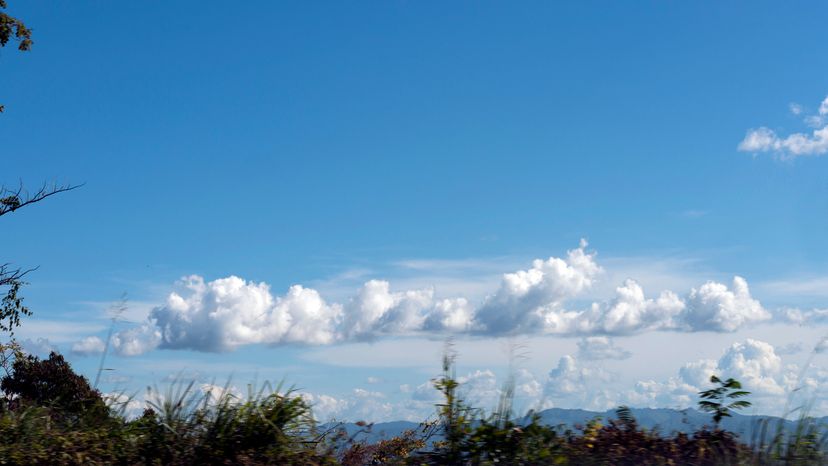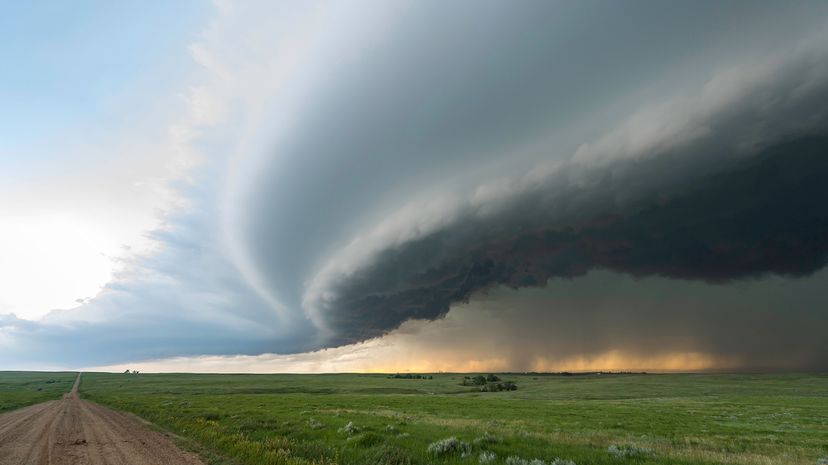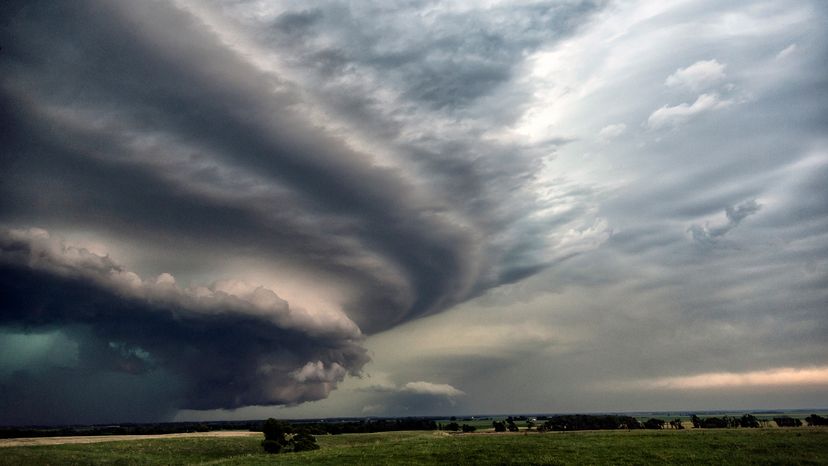
Clouds are more than just fluffy shapes in the sky; they tell us what’s happening in the atmosphere; Scientists classify different types of clouds based on their height, shape and whether they bring fair weather or severe weather.
Different types of clouds form when water vapor condenses into tiny water droplets or ice crystals, creating a visible mass in the sky. Some clouds develop vertically, reaching towering heights, while others spread across the entire sky in layered formations.
Advertisement
By observing clouds, we can predict rain or snow, changing temperatures and even storms before they arrive. Let’s explore some of the cloud types recognized by the World Meteorological Organization.



